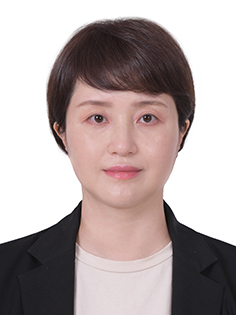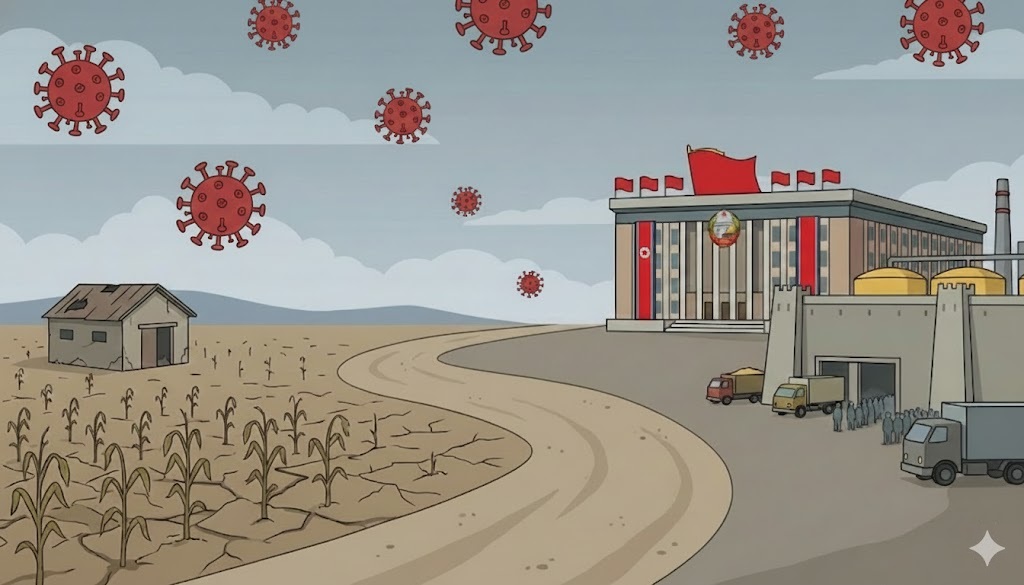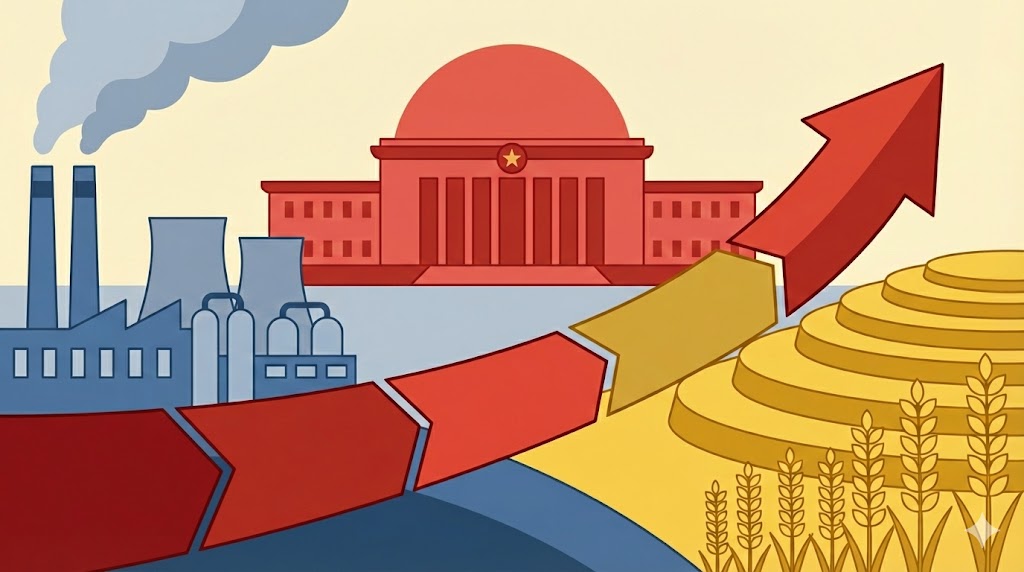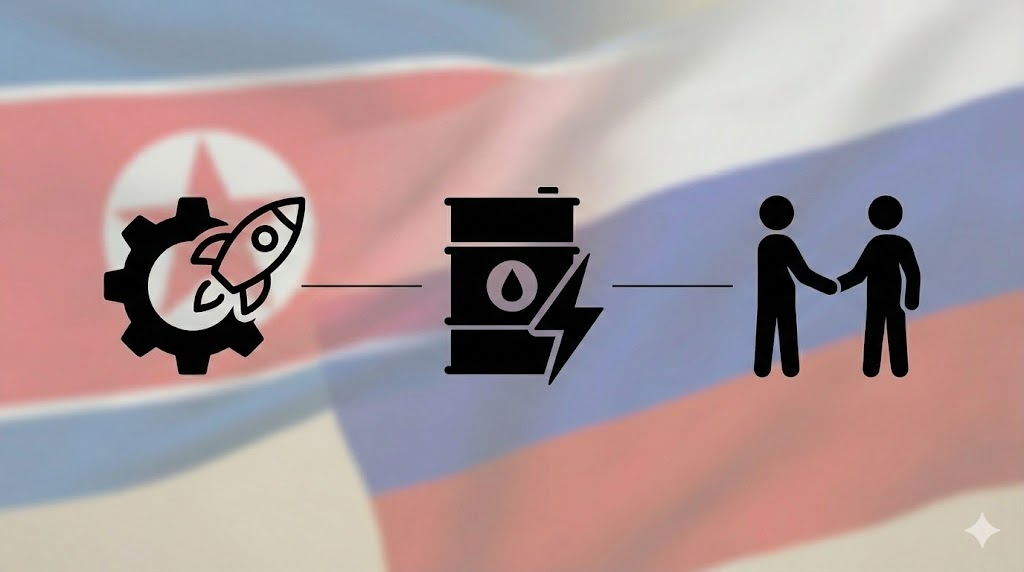Editor’s Note
In June 2021, North Korea submitted a Voluntary National Review (VNR) and reported its progress on the implementation of the 2030 Agenda for Sustainable Development. North Korea’s submission of the 2021 VNR report, the first to be submitted, shows its desire to participate as a member of the international community and allows for the provision of more systematic support towards its food insecurity crisis. In this Research Review, Hyojung Lee, Head of the International Cooperation Strategy Team at the Korea Rural Economic Research Institute, looks into North Korea’s VNR with a specific focus on SDG 2 (“end hunger, achieve food security and improved nutrition and promote sustainable agriculture”). Lee analyzes that food insecurity and malnutrition are grave issues in North Korea. Nonetheless, the submission of the VNR is significant in that it provides an opportunity to identify assistance that is conducive to North Korea's achievement of SDGs.
The 2030 Agenda for Sustainable Development agreed upon by UN member states in 2015 includes 17 Sustainable Development Goals (SDGs) for the peace and prosperity of mankind to be achieved by 2030. These SDGs must be implemented by all member countries, including developed and developing countries, who are encouraged to submit a Voluntary National Review (VNR)[1] every two years in order to share their performance results.
North Korea released a VNR for the first time in June 2021, demonstrating its desire to participate as a member of the international community. To date, the international community has focused on projects associated with humanitarian assistance for North Korea, such as food and medical assistance and disaster recovery. However, the submission of this voluntary report, serves as an opportunity for the provision of more systematic support.
This paper will focus on SDG 2 in the VNR, which aims to “end hunger, achieve food security and improved nutrition and promote sustainable agriculture.”
First, this paper assesses North Korea’s performance in SDG 2 as monitored by the UN (Table 1). The prevalence of undernutrition (PoU), a major indicator of food security, was 47.6% in 2018, indicating that the nutritional supply for North Korean people is very poor. The stunting indicator for children under 5 years of age was 19.1%, also constantly falling short of the target. However, the underweight (wasting) for children under 5, obesity, and grain productivity (cereal yield) were found to be on their way towards achieving their targets. The nitrogen fertilization index, which is indicative of soil fertility, has been maintained at a normal state.
|
Indicators
|
Value
|
Year
|
Rating
|
Trend
|
|
Prevalence of undernutrition (PoU) (5)
|
47.6
|
2018
|
below the target
|
↓
|
|
Prevalence of stunting of children under 5 years of age (%)
|
19.1
|
2017
|
below the target
|
→
|
|
Prevalence of wasting in children under 5 years of age (%)
|
2.5
|
2017
|
achieved
|
↑
|
|
Prevalence of obesity, BMI ≥ 30 (% of adult population)
|
6.8
|
2016
|
achieved
|
↑
|
|
Cereal yield (tonnes per hectare of harvested land)
|
3.6
|
2018
|
achieved
|
↑
|
|
Sustainable Nitrogen Management Index (best 0–1.41 worst)
|
0.5
|
2015
|
maintaining
|
→
|
North Korea’s SDG 2 performance in UN’s Sustainable Development Report [2]
This paper then investigates the performance reported by North Korea in the VNR (Table 2).[3] Of the 13 indicators detailed in SDG 2, North Korea's VNR provided information for only six indicators: food deficiency (2.1.1), stunting among children under 5 years of age (2.2.1.), malnutrition among children under 5 years of age (2.2.2.), the proportion of agricultural area under productive and sustainable agriculture (2.4.1.), genetic resources secured [in conservation facilities] (2.5.1.), and local breeds at risk of extinction (2.5.2.).
Compared to the UN’s monitoring results in
, some indicators (i.e., stunting) showed significantly improved performance in 2020. However, the food deficiency indicator is lower than 1.59 million tons presented in the ‘FAO/WFP Joint Rapid Food Security Assessment (2019),’[4] showing a considerable gap. In addition, the area of farmland that does not use chemical fertilizers was 95-96%. Although it is a good figure, it can be assumed that nitrogen, phosphorous, and potassium (N-P-K), used to improve soil fertility was not supplied properly. Thus, the figure may not necessarily indicate good performance.
SDG 2 performance reported in North Korea’s VNR [5]
|
Indicator
|
Unit
|
2015
|
2018
|
2020
|
|
2.1.1. Food deficiency
|
1,000t
|
1,147
|
1,486
|
-
|
|
2.2.1. Prevalence of stunting among children under 5
|
%
|
27.9
|
19.1
|
17.4
|
|
2.2.2. Prevalence of malnutrition among children under 5
|
%
|
-
(2012)
|
4.8
(2017)
|
4.5
|
|
Prevalence of obesity, BMI ≥ 30 (% of adult population)
|
6.8
|
2016
|
1,486
|
1,486
|
|
2.4.1. Proportion of agricultural area under productive and sustainable agriculture
|
%
|
95
|
96
|
95
|
|
2.5.1. Number of genetic resources for food and agriculture secured in either medium- or long-term conservation facilities”
|
species
|
168
|
265
|
-
|
|
2.5.2. Proportion of local breeds classified as being at risk, not-at-risk or at unknown level of risk of extinction
|
species
|
60,374
(2014)
|
86,268
|
-
|
Securing animal and plant genetic resources, including indigenous seeds, is more important above anything else for the sustainable agricultural production. The number of local breeds classified as being at risk [not-at-risk or at unknown level of risk of extinction] in North Korea was found to be 86,268 in 2018 from 60,374 in 2014, indicating that management of genetic resources is an urgent task.
Meanwhile, this VNR does not include indicators related to agricultural production or farm income (‘2.3.1 volume of production per labor unit' and '2.3.2 average income of small-scale food producers'). This implies that it may be difficult to apply the concepts of productivity and income increase, which are widely considered to be important for international development cooperation. However, this VNR shows North Korea's willingness to communicate with the international community. Above all, this VNR is significant in that it provides an opportunity to identify assistance that is conducive to North Korea's achievement of SDGs, instead of responding to North Korea's one-sided demand, when sanctions are eased in the future. ■
SDG 2’s Targets and Indicators [6]
|
Indicator
|
Target
|
Indicator
|
|
2.1
|
By 2030, end hunger and ensure access by all people, in particular the poor and people in vulnerable situations, including infants, to safe, nutritious and sufficient food all year round.
|
2.1.1. Prevalence of undernourishment (POU)
2.1.2. Food Insecurity Experience Scale (FIES)
|
|
2.2
|
By 2030, end all forms of malnutrition, including achieving, by 2025, the internationally agreed targets on stunting and wasting in children under 5 years of age, and address the nutritional needs of adolescent girls, pregnant and lactating women and older persons.
|
2.2.1 Prevalence of stunting among children under 5 years of age which their height-for-age is 2 or more standard deviations below the median of the WHO Child Growth Standards
2.2.2 Prevalence of malnutrition among children under 5 years of age which their weight-for-height is more than 2 standard deviations below or above the median of the WHO Child Growth Standards (by type: wasting, overweight)
|
|
2.3
|
By 2030, double the agricultural productivity and incomes of small-scale food producers, in particular women, indigenous peoples, family farmers, pastoralists and fishers, including through secure and equal access to land, other productive resources and inputs, knowledge, financial services, markets and opportunities for value addition and non-farm employment.
|
2.3.1 Volume of production per labor unit by classes of farming/pastoral/forestry enterprise size
2.3.2 Average income of small-scale food producers, by sex and indigenous status
|
|
2.4
|
By 2030, ensure sustainable food production systems and implement resilient agricultural practices that increase productivity and production, that help maintain ecosystems, that strengthen capacity for adaptation to climate change, extreme weather, drought, flooding and other disasters and that progressively improve land and soil quality.
|
2.4.1 Proportion of agricultural area under productive and sustainable agriculture
|
|
2.5
|
By 2020, maintain the genetic diversity of seeds, cultivated plants and farmed and domesticated animals and their related wild species, including through soundly managed and diversified seed and plant banks at the national, regional and international levels, and promote access to and fair and equitable sharing of benefits arising from the utilization of genetic resources and associated traditional knowledge, as internationally agreed.
|
2.5.1 Number of plant and animal genetic resources for food and agriculture secured in either medium- or long-term conservation facilities
2.5.2 Proportion of local breeds classified as being at risk, not at risk or at unknown level of risk of extinction
|
|
2.a
|
Increase investment, including through enhanced international cooperation, in rural infrastructure, agricultural research and extension services, technology development and plant and livestock gene banks in order to enhance agricultural productive capacity in developing countries, in particular least developed countries.
|
2.a.1 Agriculture Orientation Index (AOI)
2.a.2 Total official flows (official development assistance plus other official flows) to the agriculture sector
|
|
2.b
|
Correct and prevent trade restrictions and distortions in world agricultural markets, including through the parallel elimination of all forms of agricultural export subsidies and all export measures with equivalent effect, in accordance with the mandate of the Doha Development Round.
|
2.b.1 Value of agricultural export subsidies
|
|
2.c
|
Adopt measures to ensure the proper functioning of food commodity markets and their derivatives and facilitate timely access to market information, including on food reserves, in order to help limit extreme food price volatility.
|
2.c.1 Indicator of food price anomalies (IPA)
|
[1] Government of the Democratic People’s Republic of Korea. 2021. 『Voluntary National Review on the Implementation of the 2030 Agenda for the Sustainable Development』.
[2] “Sustainable Development Report 2021- Korea, Democratic Republic of,” Sustainable Development Solutions Network. https://dashboards.sdgindex.org/static/profiles/pdfs/SDR-2021-korea-dem-rep.pdf.
[3] describes the detailed targets and indicators for SDG 2.
[4] FAO and WFP. 2019. “Joint Rapid Food Security Assessment.” Rome: FAO and WFP.
[5] Government of the Democratic People’s Republic of Korea. 2021. “Voluntary National Review on the Implementation of the 2030 Agenda for the Sustainable Development.”
[6] United Nations Department of Economic and Social Affairs. “End hunger, achieve food security and improved nutrition and promote sustainable agriculture,” United Nations, https://sdgs.un.org/goals/goal2.
■ Hyojung Lee is currently working as the head of the international cooperation strategy team at the Korea Rural Economic Research Institute. She previously worked for the Korea International Cooperation Agency. Her main research topics for the past decade have been international development cooperation strategies in agricultural and rural development in developing countries, planning and evaluation of ODA projects, and she is also involved in several researches for sustainable development in North Korea's agricultural sector. She majored in horticulture and received her bachelor's and doctoral degrees from Konkuk University and master's degrees from Seoul National University.
■ Typeset by Seung Yeon Lee Research Associate
For inquiries: 02 2277 1683 (ext. 205) | slee@eai.or.kr




